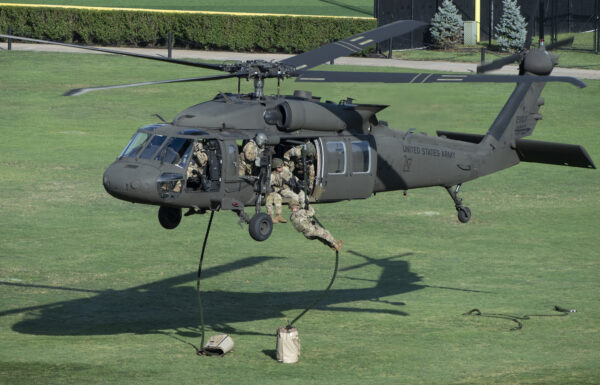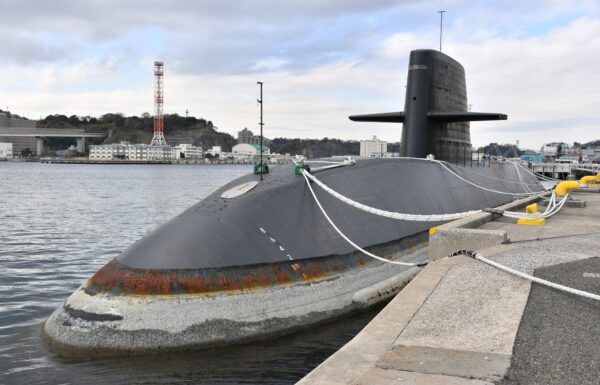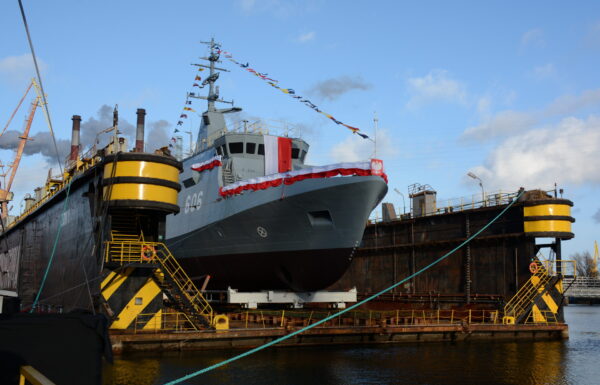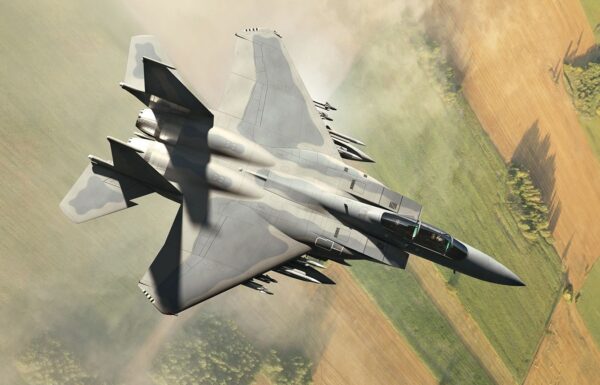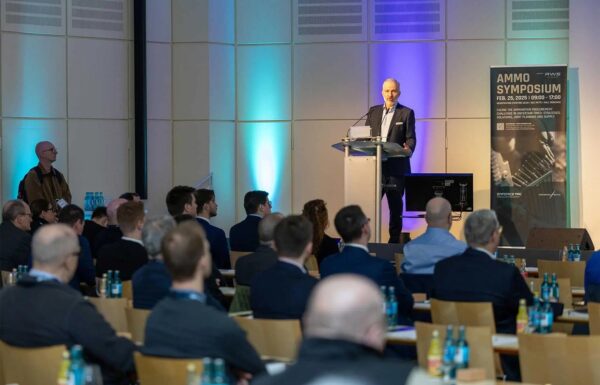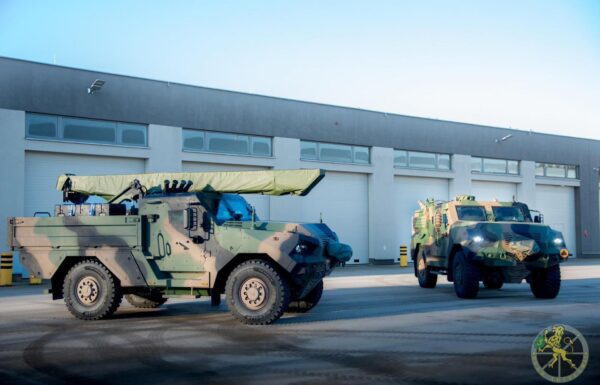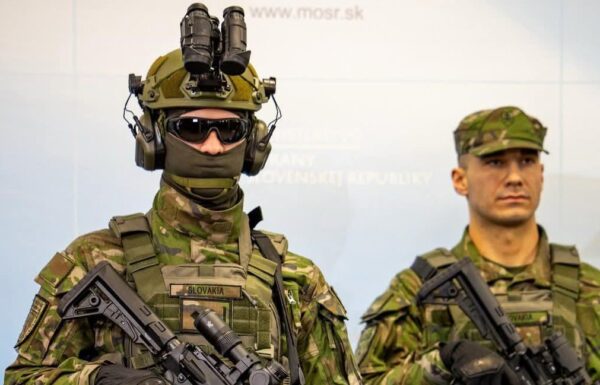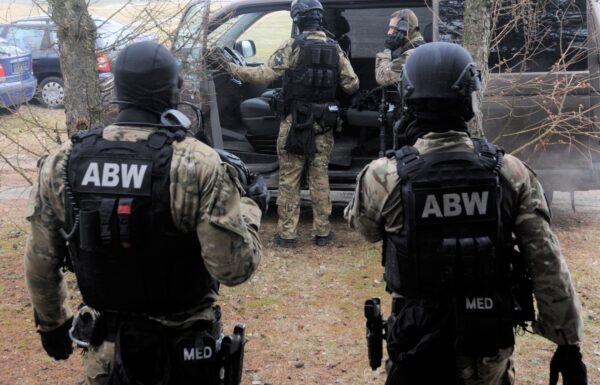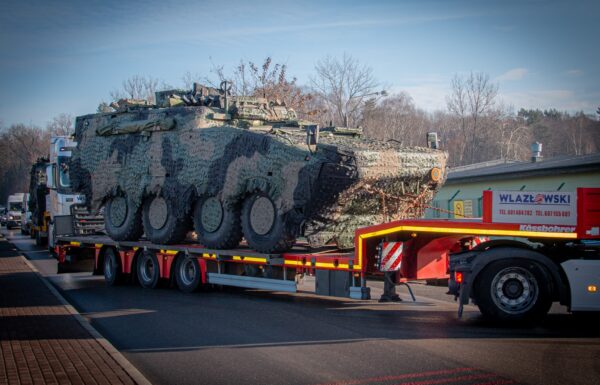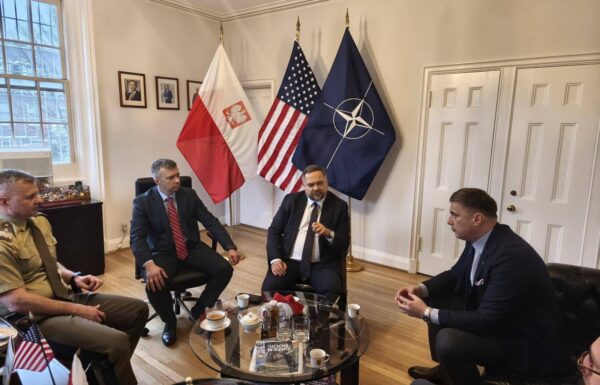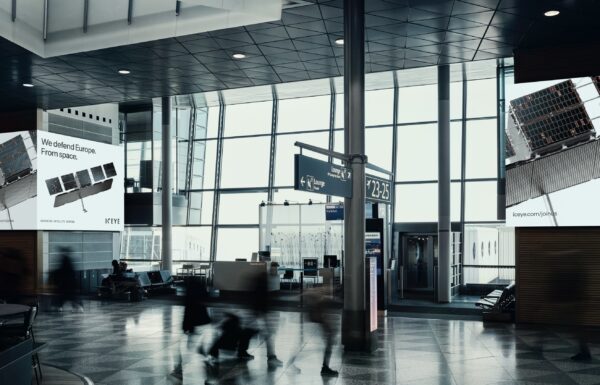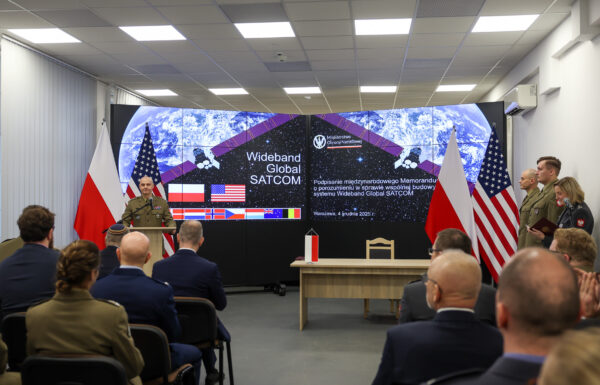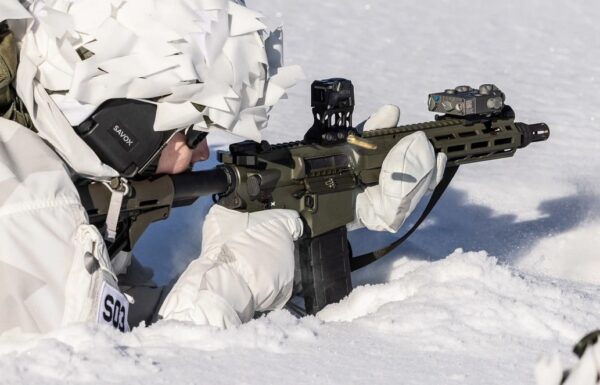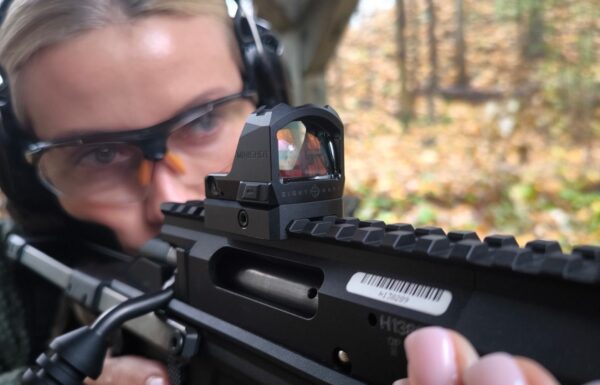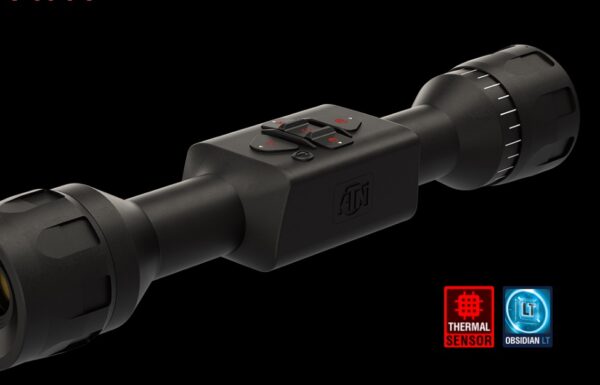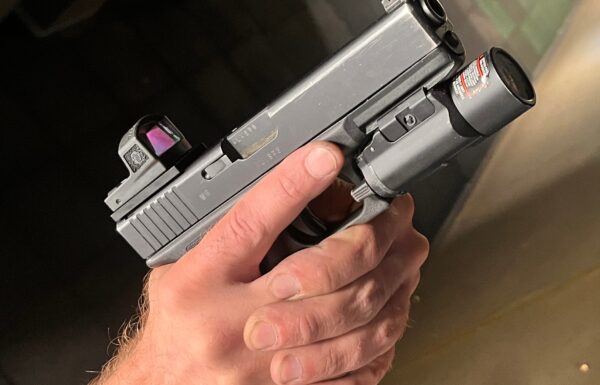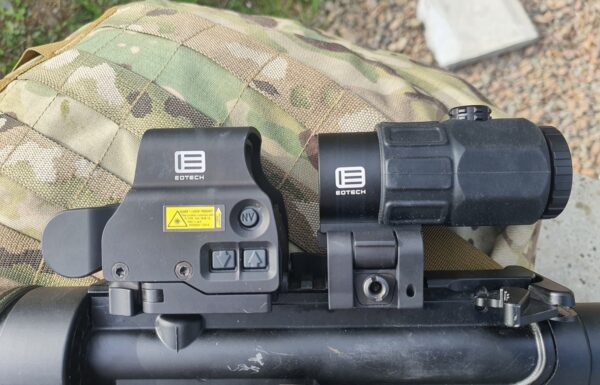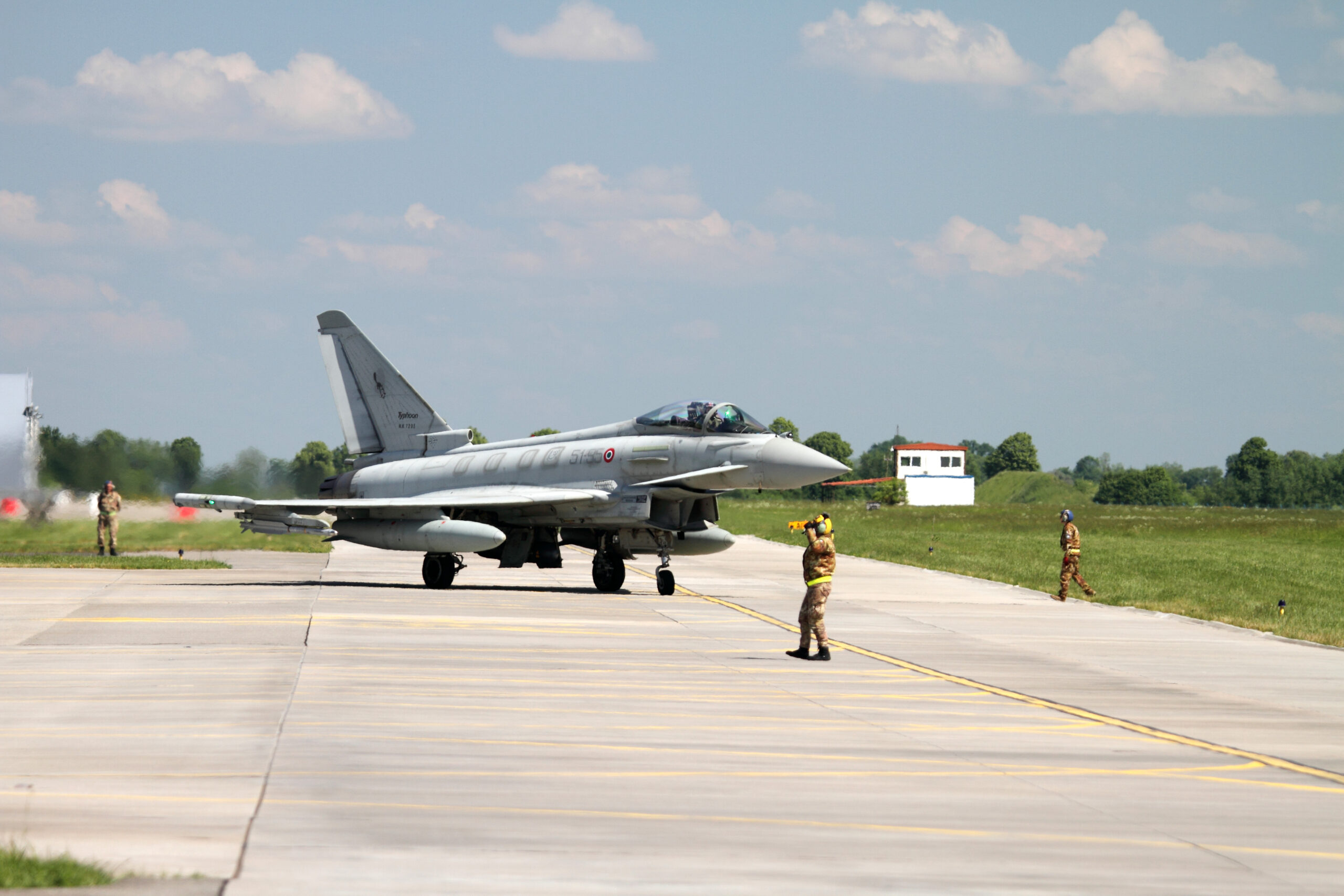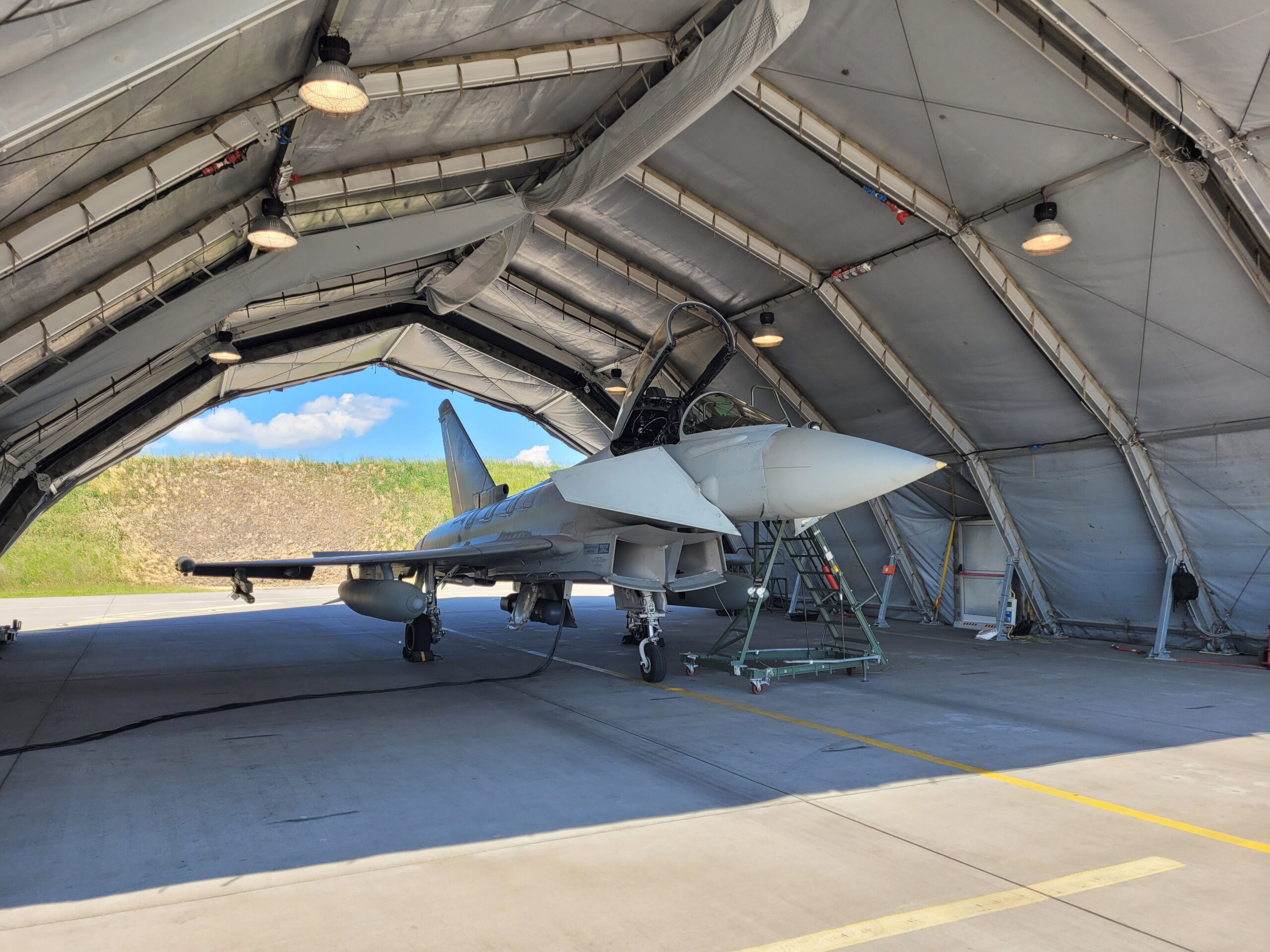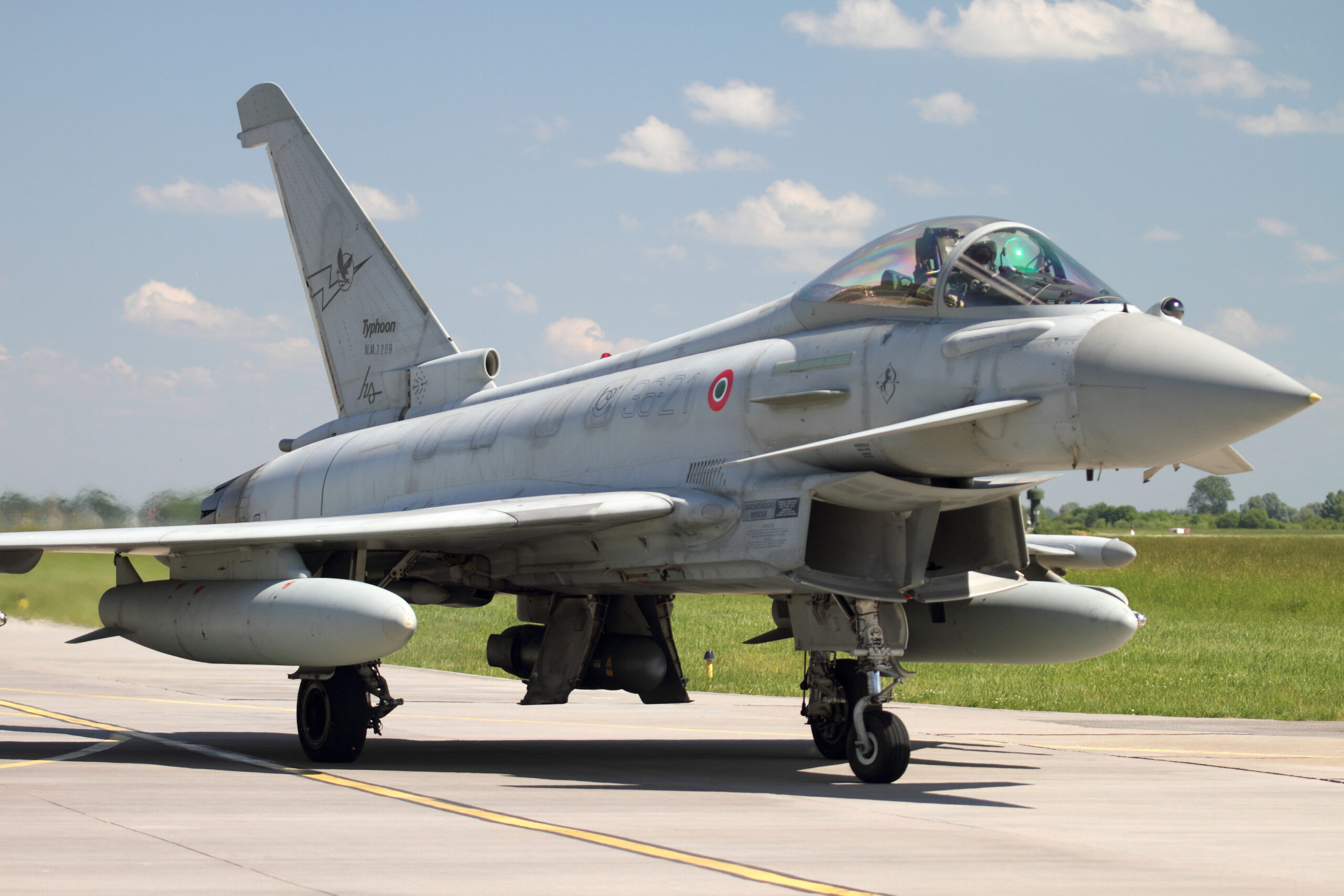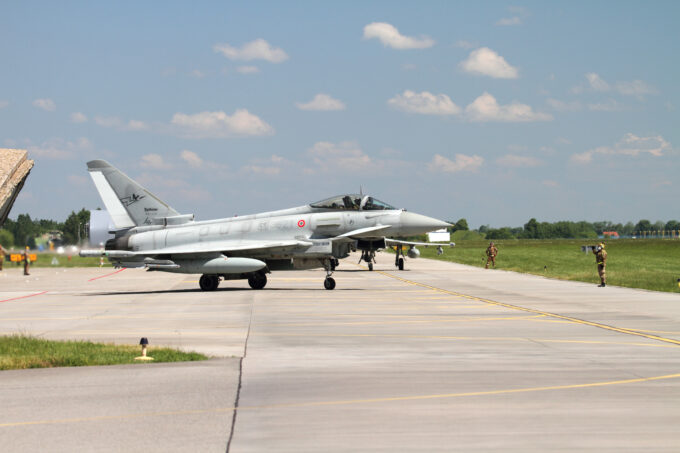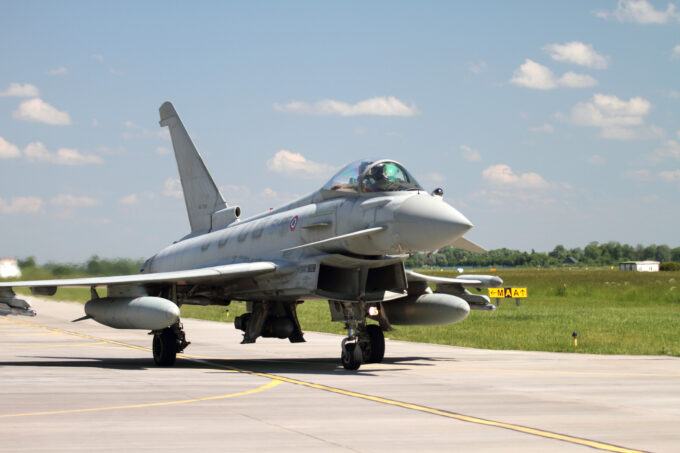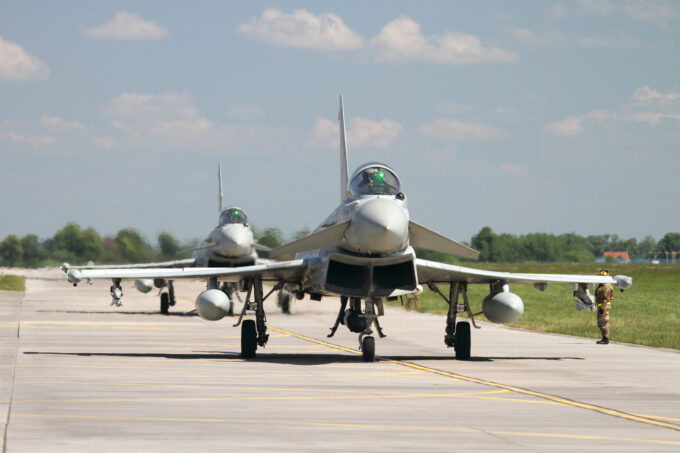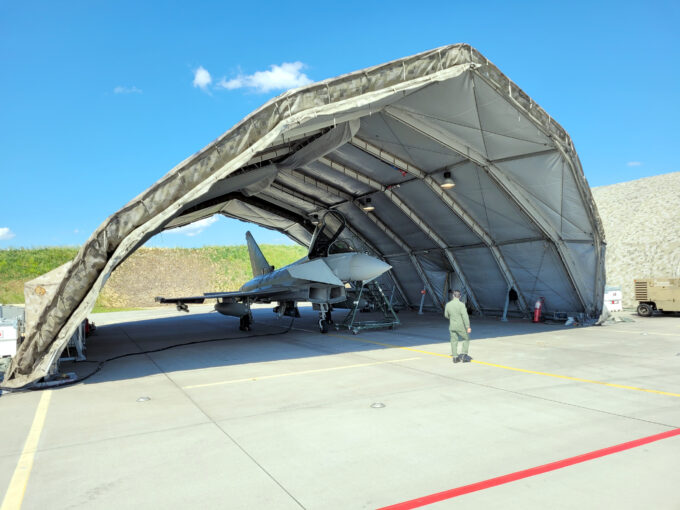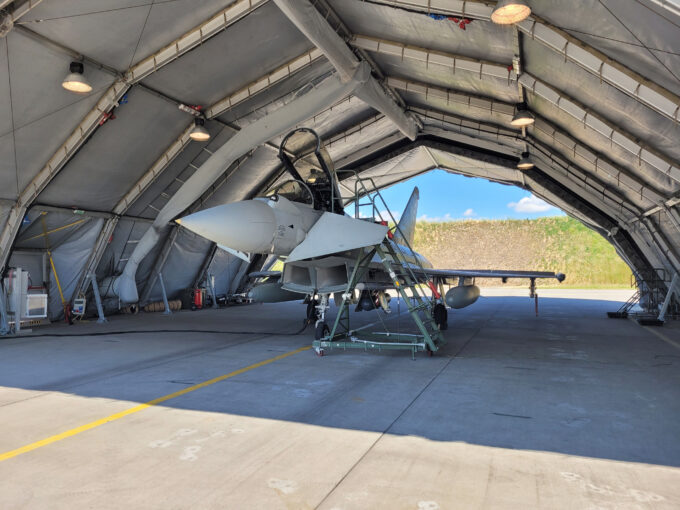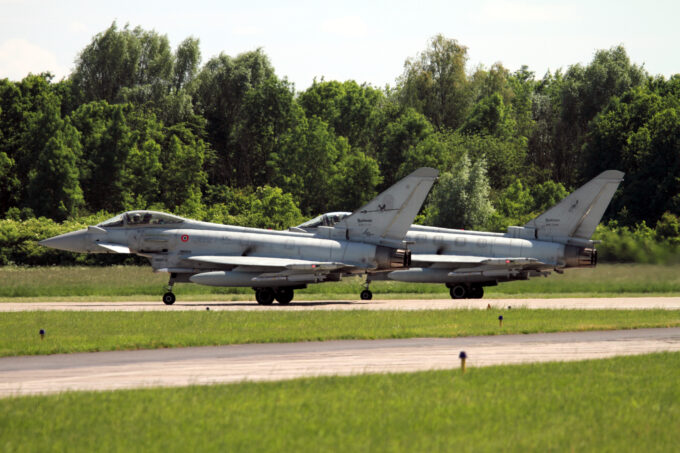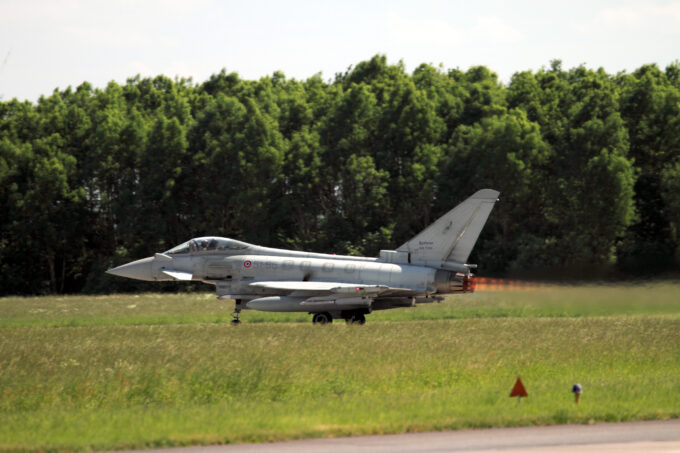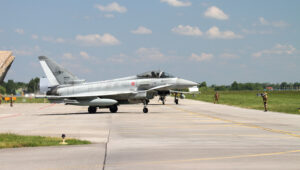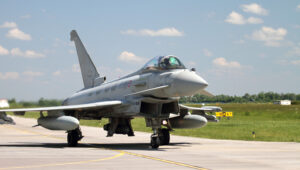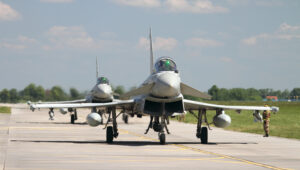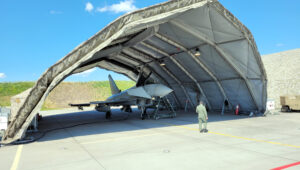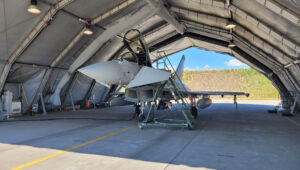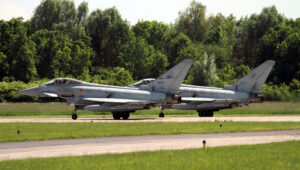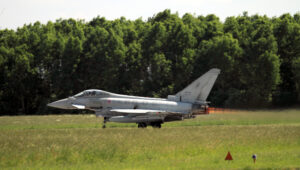The presence of the Italian Air Force at the Polish base is part of the support provided to the countries on NATO’s eastern flank by other alliance members as part of the enhanced NATO Air Policing operations conducted since Russia’s invasion of Crimea in 2014. NATO Air Policing is a continuous peacetime mission carried out within the framework of NATO Integrated Air and Missile Defence.
The mission of the Italian Air Force has been ongoing since September 2023. Initially, F-35s, the latest aircraft belonging to the Aeronautica Militare, were stationed in Malbork. In February of this year, they were replaced by Eurofighters. The task of the Italian aircraft is to monitor the airspace and to intercept and identify unauthorized aircraft that violate or might potentially violate Polish airspace.
Italian aircraft at the 22nd Air Base are on continuous combat duty. As Col. Gianluigi Colucci reports, since February of this year, Italian aircraft have been scrambled 11 times in emergency mode. However, he points out that alongside emergency patrols, the 4th Wing also conducts training flights. During these flights, emergency takeoffs are also performed, not in response to a threat detected, but to enhance personnel skills. Col. Colucci notes that it has often happened that missions starting as training exercises turned into combat missions due to changes in the air situation, involving the actual interception of foreign aircraft. Therefore, the real number of missions securing the airspace over northeastern Poland has been significantly higher so far.
As Col. Colucci stated, Italian aircraft are on duty armed with medium and short-range air-to-air missiles, in a configuration suitable for peacetime missions.
During the mission, Italian pilots cooperate with the Allied Air Command in Ramstein, Germany. This command oversees air operations within NATO Air Policing on a continuous 24/7 basis. Direct command over air operations is exercised by two Combined Air Operation Centres (CAOC): one in Torrejon, Spain, covering the NATO airspace south of the Alps, and the other in Uedem, Germany, covering the airspace north of the Alps.
A violation of NATO airspace, suspicious activity of a foreign aircraft near the border of NATO airspace, or other types of threats to air traffic in the Alliance’s airspace trigger actions by one of the Combined Air Operation Centres. It makes the decision to initiate actions under the Quick Reaction Alert (QRA), and from one of the bases in the area of the security breach, aircraft (usually two) are scrambled in emergency mode to intercept the intruder. The emergency takeoff of the aircraft takes place within minutes of the order being issued. Col. Colucci did not disclose the exact time it takes for an emergency takeoff.
NATO Air Policing missions are carried out on a rotational basis by allied forces. Before the Italian Air Force, this mission in Malbork was performed by, among others, Dutch F-35s.


